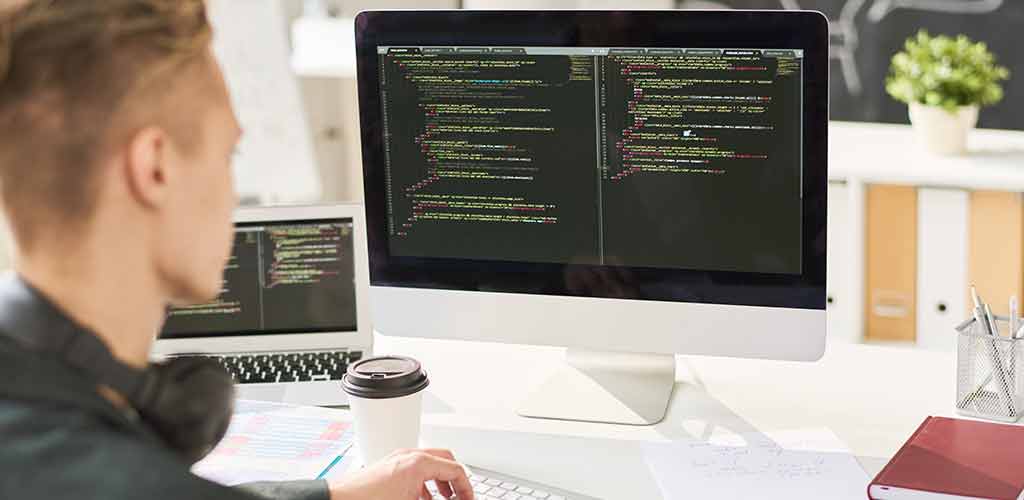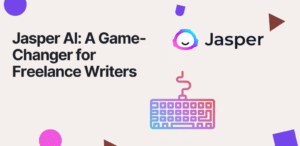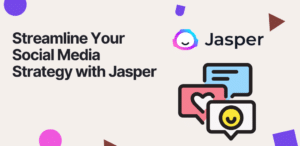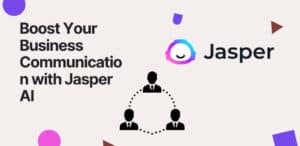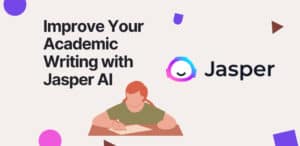Table of Contents
Programming Basics
If you’re new to programming with Python, this section is the perfect place to start. Here, you’ll gain an understanding of what Python is and what sets it apart from other programming languages. You’ll learn about the key features of Python, the benefits and drawbacks of using Python, and the applications of Python. Additionally, you’ll discover the various data types supported by Python and get a step-by-step guide to installing Python on different operating systems.
Python Syntax
The syntax of any programming language can be overwhelming, but don’t worry. This section will break down the syntax of Python into manageable pieces. You’ll learn about Python’s syntax for variables, operators, comments, conditional statements, loops, functions, and errors.
Python Data Structures
Python has a variety of built-in data structures that are essential for working with data in Python. This section will cover the most commonly used data structures in Python, including lists, tuples, sets, and dictionaries. You’ll learn how to manipulate these data structures to store and retrieve information effectively.
Python Functions
Functions are an essential part of programming with Python. They allow you to break down complex tasks into smaller, more manageable pieces of code. In this section, you’ll learn about the various types of functions in Python, including lambda functions, user-defined functions, recursion, and decorators. You’ll also learn about the built-in functions in Python and how to use them effectively.
Python OOP
Object-oriented programming (OOP) is a powerful paradigm for programming with Python. This section will introduce you to OOP and how it’s implemented in Python. You’ll learn about classes, objects, inheritance, polymorphism, encapsulation, and abstraction in Python.
Python Libraries
Python has an extensive collection of libraries that provide a vast range of functionalities, from data manipulation to machine learning. This section covers some of the most popular libraries in Python, including NumPy, Pandas, Matplotlib, Scikit-learn, TensorFlow, and PyTorch.
Python File Handling
Working with files is an essential part of programming with Python. This section will teach you the basics of file handling in Python, including opening and closing files, reading data from files, writing data to files, and handling exceptions.
Python GUI
Python has several popular GUI frameworks, which allow you to create graphical user interfaces for your applications. In this section, you’ll learn about some of the most popular GUI frameworks in Python, including Tkinter, PyQt, and PySide. You’ll also learn how to create simple GUI applications and handle events in GUI applications in Python.
Python Web Development
Web development with Python is becoming increasingly popular. This section will introduce you to some of the most popular web frameworks in Python, including Django, Flask, and Pyramid. You’ll learn how to create a simple web application and handle requests and responses in web applications in Python.
Python Debugging
Debugging is an essential part of programming with Python. This section covers some of the most popular debugging tools in Python, including breakpoints and the debugger. You’ll also learn about common debugging errors and how to handle exceptions and logging in Python.
Python Testing
Testing is an essential part of ensuring the reliability and functionality of your code. This section covers some of the most popular testing frameworks in Python, including unit testing and integration testing. You’ll learn how to write test cases, run tests, and generate test reports in Python.
How useful was this post?
Click on a star to rate it!
Average rating 4.7 / 5. Vote count: 23
No votes so far! Be the first to rate this post.

